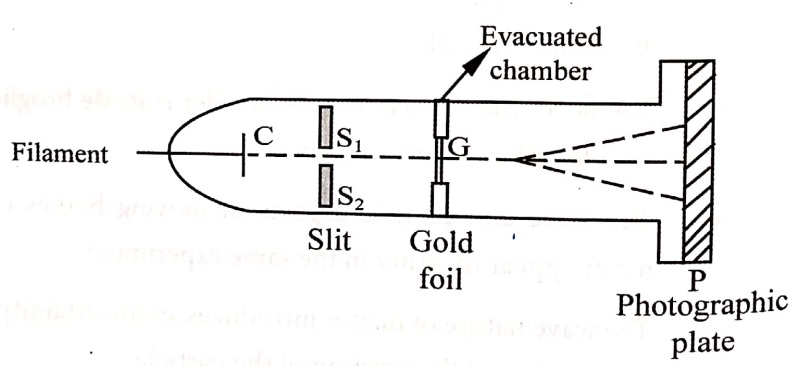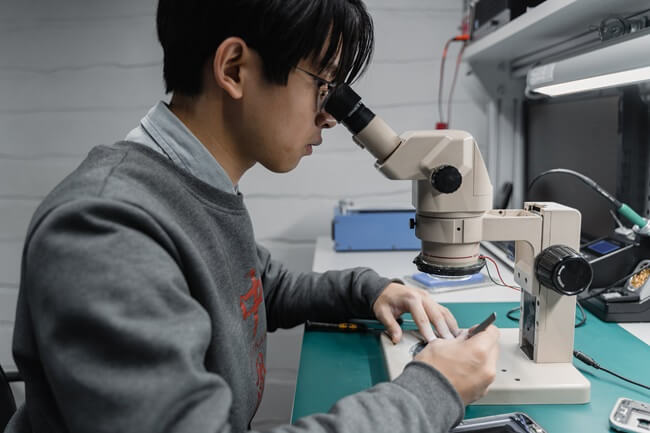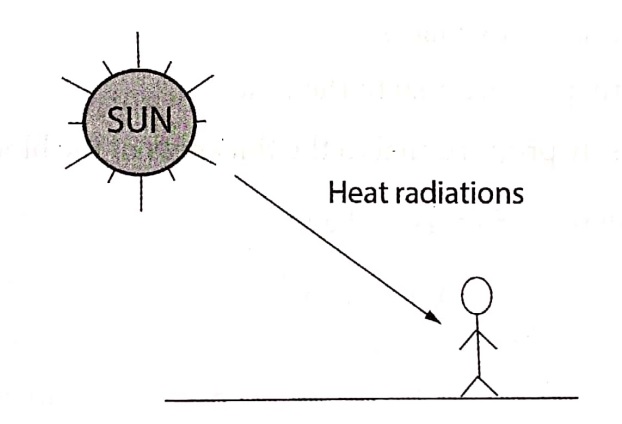Nandhini Sathish
For Feedback - techactive6@gmail.com
Comparison Between Optical and Electron Microscope
By
Nandhini Sathish
—
Factors Affecting Renal Excretion of Drugs
By
Nandhini Sathish
—
Linear Flow of Heat Along a Bar
By
Nandhini Sathish
—
Ionization and pKa Value – Physicochemical Properties
By
Nandhini Sathish
—
Methods to Enhance the Dissolution Rates and Bioavailability of Poorly Soluble Drugs
By
Nandhini Sathish
—




